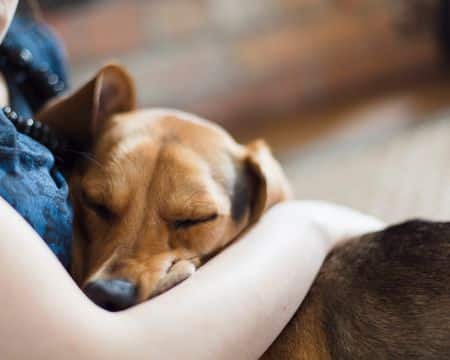The whole family is so excited. You have just come home from the Winnebago County Animal Services with the cutest puppy or most beautiful dog in the world. You want this dog to be Lassie, Rin Tin Tin and Benji, all rolled into one great dog. How do you get there from here?
Training:
FACT: Your new pet will be learning from the time you get her home, whether you are intentionally training her or not. Start on the right foot with the rules, and follow up by being very consistent. So, if she will not be allowed on the couch in the future, don’t allow her on the couch at all. The same goes for the bed. Start working on sit, down, and even tricks right away. You may find out your dog already knows how to do these, and together you can teach her more fun things to do. Watch your new pet for things it does that you can reward. If she lays down, “what a good puppy!” If she grabs her own toy instead of your slippers, “What a good dog!” Preventing bad habits from starting is much easier than changing them later on.
Housetraining:
FACT: Take a new puppy or dog outside lots of times at first. Even a dog that was housetrained in its last home can make mistakes at first due to anxiety or stress.
Bonding with your new pet:
FACT: Food has a wonderful way of making friends with dogs and puppies. Use part of all of their meal to teach her name, and to come when she is called. Try playing a game like “monkey in the middle”. Two or more humans stand about 10 feet apart and each has tiny treats or dog food. Another person has the dog or puppy on a leash. The people with the treats take turns calling the dog to them, and giving the dog the food or treats when it has come. If the dog does not go on it own, the person with the leash can gently guide the dog to the caller. Do this 5-10 times, but stop before the dog loses interest. This can be done at each mealtime with the dog’s own food, or at a playtime with some treats. This game can be played with one person, just have the puppy or dog follow you around the room, or toss a piece of food a few feet away so that the dog can go get it, then practice coming to its name again.
Another great way to bond is to keep the dog or puppy tied to you. Go about your day as usual, but the dog will be with you wherever you go. This will also help with housetraining, as the dog or puppy can’t wander out of your sight and make a mistake.
It will be useful to have the dog or puppy sleep in the bedroom with you. Sleeping in the same room as her humans will make her feel like part of the group, and you can hear if she is restless and needs to go outside. Sleeping in a crate is a good idea for puppies or dogs. This allows minimal mistakes while you get a good night’s rest. Most puppies will cry for awhile at first before going to sleep. This is normal and gradually goes away. If a dog or puppy fusses or vocalizes be sure not to approach the crate. You don’t want your new pet to think it can summon you with a cry or whine.
A big part of your responsibility will be socializing your new puppy. Puppies should meet literally hundreds of people in the first few weeks after you bring her home. She should meet all sizes and shapes, with hats and sunglasses. As many people as possible should give her treats and pet her. She should think that all people are great, no matter what they look like. Take her places, many pet stores allow pets to come in. Consider getting her into a puppy class. Find friends who have puppies or friendly dogs for her to play with. Many banks give out dog cookies at the drive-through. You may even want her to visit the vets’ clinic for treats even when she isn’t getting any vaccinations.
Many people may believe or have been taught that your dog should obey because it loves you. FACT: Dogs do what is good for dogs. Therefore, if your dog gets a treat for being in a sit position, it will sit again just in case another treat might come. Also, if your dog can get something smelly and interesting out of the garbage, she will do that again, too.
You will want to take an objective look at your house to see where your dog may have an opportunity to get into problems. Garbage cans should have a tight lid or be inside a cupboard. “Chewables” like slippers, laundry, or the kids’ toys should be put away until the dog can be taught the difference.
- Be creative
- Try to think from your new dog’s perspective
- Prevent problems, train, socialize, bond … have fun!!!
Source: ARL – Animal Rescue League of Iowa, Inc. 2018 – https://www.arl-iowa.org/
